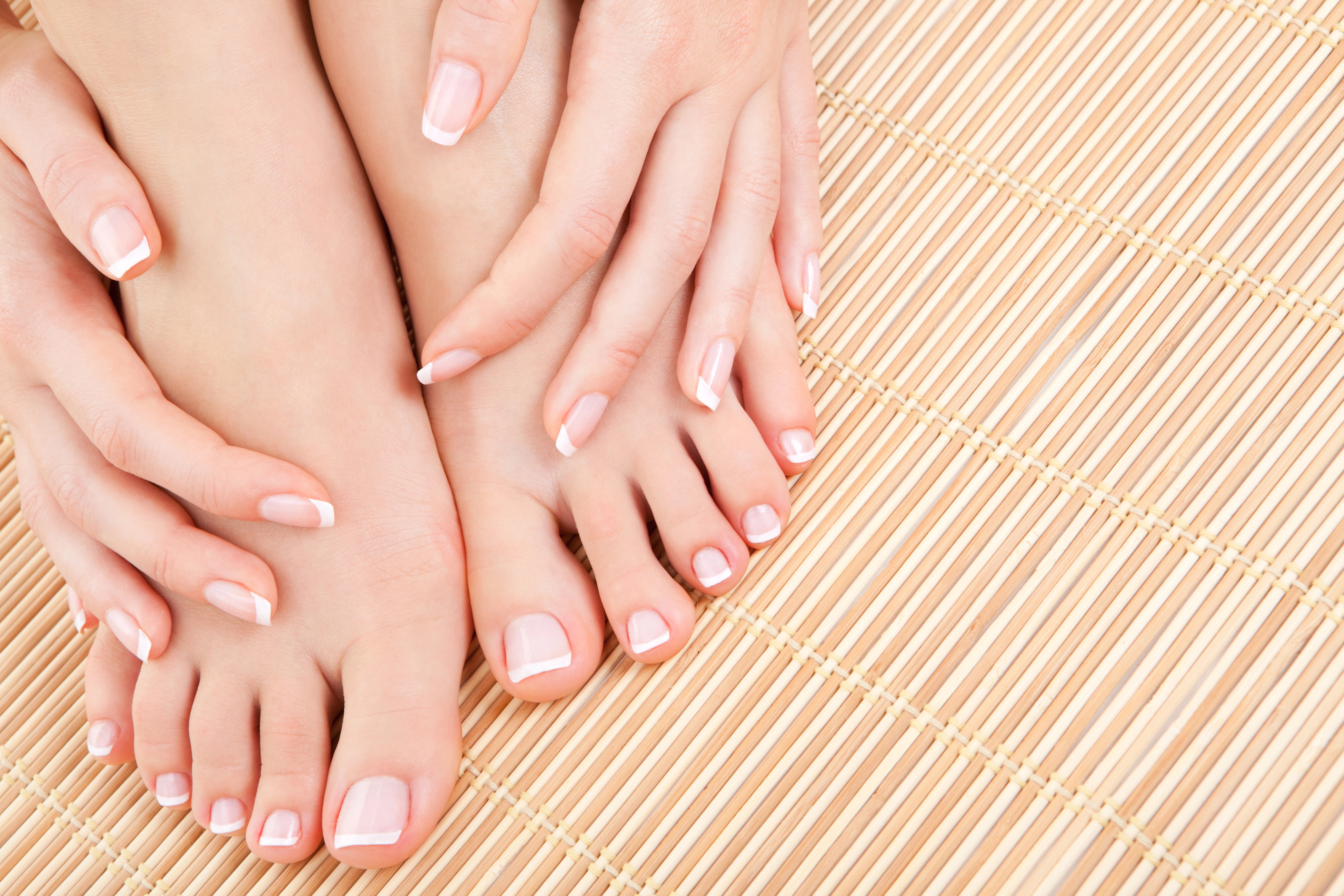
Nail fungus, also known as onychomycosis, is a common fungal infection that affects the nails, most commonly with the toenails. It is caused by various fungi, such as dermatophytes, yeasts, and molds, which thrive in warm and moist environments. The infection often begins as a small white or yellow spot under the tip of the nail and can gradually spread, causing the nail to become discolored, thickened, and distorted. If not treated
Symptoms
Nail fungus, or onychomycosis, can present with various symptoms that can vary depending on the severity of the infection. Common signs of a nail fungus infection include:
-
Discoloration: One of the early signs is a change in the color of the affected nail. The nail may turn yellow, brown, green, or white.
-
Thickening: The infected nail often becomes thicker than normal. This is due to the accumulation of fungal debris and the nail's natural response to the infection.
-
Brittleness: Infected nails may become brittle and prone to crumbling or breaking. The texture of the nail can change, becoming rough or ragged.
-
Distorted Shape: The nail may lose its normal shape as the infection progresses. It can become warped, twisted, or have an irregular contour.
-
Lifting of the Nail: The infection can cause the nail to separate from the nail bed. This condition is known as onycholysis and may result in a gap between the nail and the underlying skin.
-
Changes in Nail Texture: The infected nail may develop an uneven surface or pits. It can also show signs of scaling or flakiness.
-
Foul Odor: Sometimes nail fungus can produce a noticeable and unpleasant odor. This is typically associated with the accumulation of fungal debris and the breakdown of the nail structure.
-
Pain or Discomfort: While nail fungus usually isn't painful in the early stages, it can cause discomfort as the infection progresses. In some cases, pressure or pain may arise due to the thickening of the nail or secondary bacterial infections.
Causes
Warm and Moist Environments: Fungi thrive in warm and moist environments. Walking barefoot in communal areas such as swimming pools, gyms, and locker rooms can expose your feet to the fungus. Additionally, damp shoes and socks create an ideal breeding ground for fungi.
Poor Foot Hygiene: Poor foot hygiene, such as not keeping the feet clean and dry, can contribute to the growth of fungi. Failing to regularly wash and dry the feet, especially between the toes, increases the risk of fungal infections.
Pre-existing Skin Conditions: People with pre-existing skin conditions, such as psoriasis or eczema, may have an increased risk of developing nail fungus.
Age: The risk of developing nail fungus increases with age. Older individuals may experience slower nail growth and diminished blood circulation, making it easier for fungi to establish an infection.
Foot Trauma or Injuries: Trauma to the nail or surrounding skin, such as a stubbed toe or repeated pressure on the nails from poorly fitting shoes can create openings for fungi to enter.
Genetics: There may be a genetic predisposition to fungal infections. If a family member has had nail fungus, you may be more susceptible to the condition.
Prevention
-
Keep your nails clean and dry. Wash your hands and feet regularly, drying well after.
-
Keep your nails trimmed. Long nails allow bacteria and fungi to breed and grow. Cut nails straight across and disinfect your nail clippers after every use.
-
Wear absorbent socks and change socks regularly throughout the day, especially after exercise or excessive sweating.
-
Wear footwear in public locker rooms, pool areas, and other communal areas.
-
Choose nail salons that prioritize hygiene. They should be using fresh, sanitized tools for each new customer.
-
Skip acrylic and artificial nails as bacteria and fungus can grow underneath.
-
Use high-quality nail products such as those from SNS. At SNS we prioritize healthy, beautiful nails and formulate all of our products with nutrient-rich ingredients that nourish the nail beds and promote healthy growth.
Nail fungus can be tricky to treat. If you happen to discover a change in your nails' appearance or texture and think it may be nail fungus, a dermatologist or medical professional can provide a proper diagnosis, address the issue, and prescribe a topical medication to help get rid of it.






